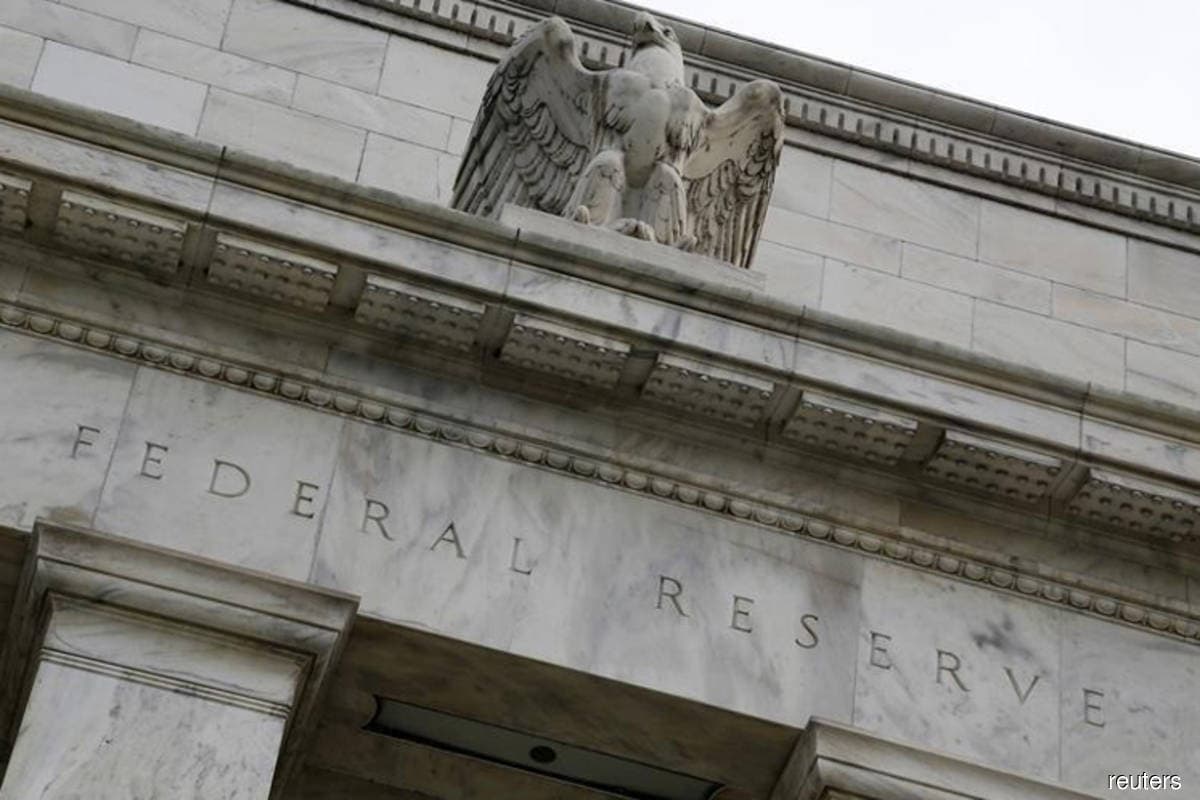
KUALA LUMPUR (July 13): Standard Chartered Bank (StanChart) Malaysia has projected a more than 40% chance of the US economy falling into a recession over the next 12 months amid blazing inflation and the US Federal Reserve's (Fed) hawkish stance on interest rates.
“When we started the year, the Fed was only expecting a 75 bps (basis points) rate hike by the end of this year. As we progressed through the various months, right now it is expecting over three percentage points in additional rate hikes for the whole of this year, with a 75 bps hike [in last month’s meeting]," its head of asset allocation and thematic strategy Audrey Goh said in a global market outlook briefing held on Wednesday (July 13).
As a result, Goh is of the view that financial markets have revised their rate hike expectations higher. StanChart’s global investment committee has also upped its Fed policy rate projection to 3.25% by year end.
“One of the key takeaways from this is that as the Fed continues to keep a tight policy for longer to tame inflation, this also potentially increases the chance of a policy mistake, and a lot of the concern as we have seen in the markets today is regarding a recession.
“But the good thing is most of the indicators are still pointing towards an expansion, not a recession, but the vast majority of their trends are deteriorating and we are basically seeing more indicators flashing red (a recession warning), ” she added.
According to her, the recession indicators now flashing a warning have doubled to four — namely US Bear Markets, Uni of Michigan Consumer Confidence, Conference Board Consumer Confidence, and ISM New Orders/Inventories — from two in the last few months.
“Against this backdrop, we basically see that there is [over] 40% probability of a recession in the US over the next 12 months. It is certainly not a base case, and I think that a lot of it is really dependent on what the Fed chooses to do.
“If inflation continues to remain high and sticky, then that might force the Fed to keep policy tight for longer. Then this means that the probability of a recession will then likely increase over the course of the year,” she explained.
Conversely, if the Fed starts to focus on growth — due to the economic slowdown — rather than inflation itself, then obviously the recession probability will also be reduced, Goh said.
She pointed out that the US is not alone in traversing this tightrope, as central banks globally are trying to balance between curbing inflation while not tipping the economy into a recession.
For the European market, StanChart has forecast 40% probability of a recession in the next 12 months.
“Europe, being on the frontline of the Ukraine war, faces the biggest risk of stagflation, characterised by rising inflation, stagnating output, and rising unemployment. The euro-area job market has been resilient so far, despite a surge in headline inflation, driven by soaring energy prices.
“However, the EU’s (European Union) ban on oil imports from Russia and Russia’s decision to halt gas sales to several EU countries could keep European energy costs and headline inflation higher for longer. Thus, we expect the ECB (European Central Bank) to raise rates to positive territory in the second half, slowing growth [of the bloc’s economy].
“Nevertheless, our end-2022 estimate for the policy rate (0.5%-0.75%) is below the market’s 0.9% estimate as we expect policymakers to pause as growth suffers in the coming months,” the bank said.